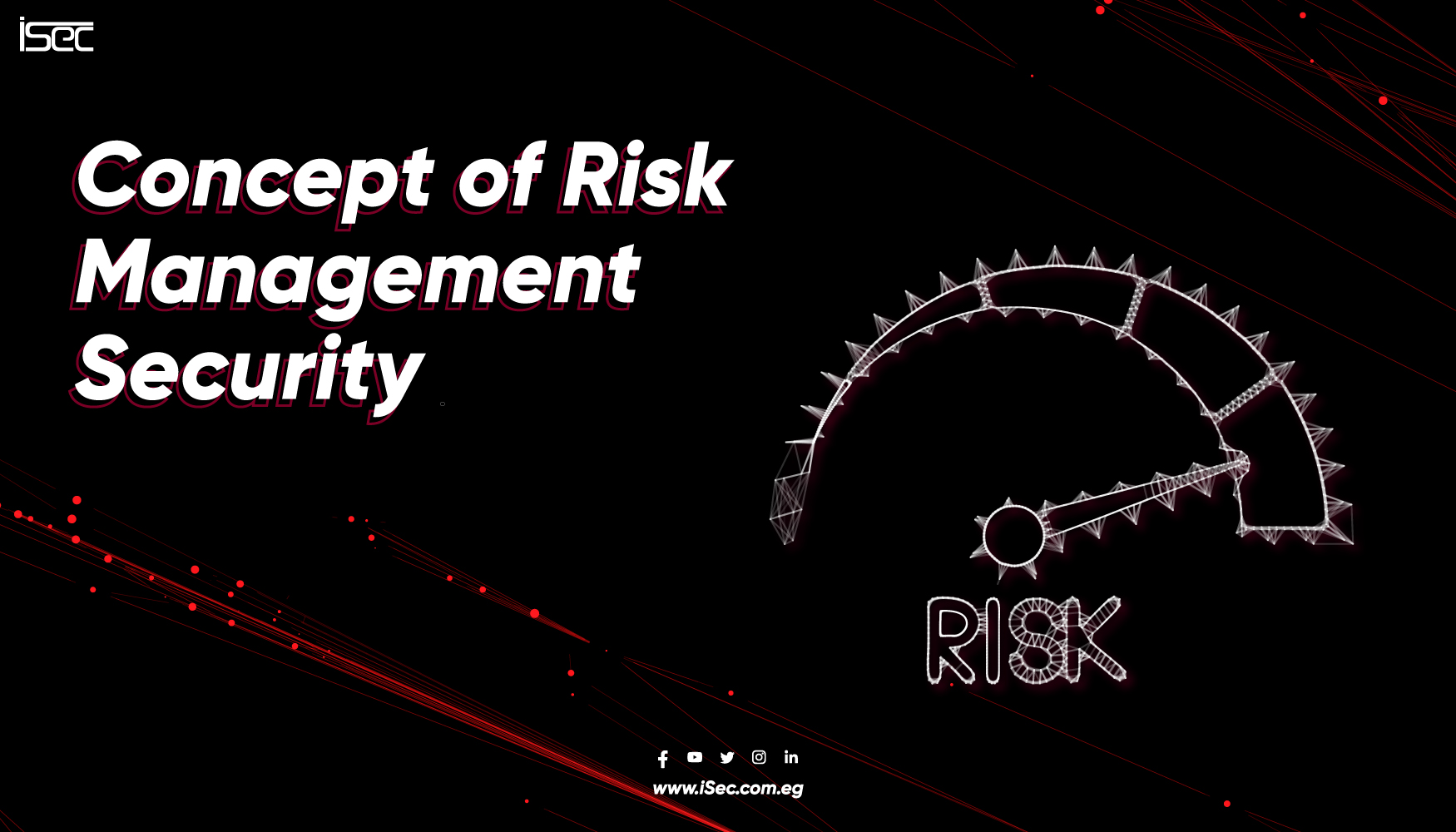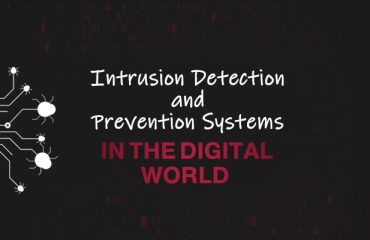
In today’s interconnected digital landscape, the concept of risk management plays a crucial role in ensuring the security and protection of sensitive information. Organizations and individuals alike face numerous threats, ranging from cyberattacks to physical breaches. By implementing effective risk management strategies, it becomes possible to identify, assess, and mitigate potential risks, enabling proactive security measures. In this blog, we will delve into the concept of risk management in security, exploring its key components and highlighting its significance in safeguarding valuable assets.
- Defining Risk Management:
Risk management refers to the process of identifying, evaluating, and prioritizing potential risks to determine the most appropriate response. It involves understanding the likelihood and impact of various threats, vulnerabilities, and potential consequences. By systematically managing risks, organizations can make informed decisions, allocate resources effectively, and implement controls to mitigate or minimize potential harm. - Risk Assessment:
The first step in risk management is conducting a comprehensive risk assessment. This process involves identifying and analyzing potential risks, considering both internal and external factors. A thorough assessment includes evaluating vulnerabilities, potential threats, and the impact that a risk event could have on the organization. This helps in prioritizing risks based on their likelihood and potential impact, ensuring that resources are allocated appropriately. - Risk Mitigation:
Once risks have been identified and assessed, the next step is to develop and implement risk mitigation strategies. This involves selecting and implementing controls and countermeasures to reduce the likelihood or impact of identified risks. Mitigation strategies may include implementing security measures such as firewalls, encryption, access controls, and employee training programs. The goal is to minimize vulnerabilities and enhance the overall security posture. - Risk Monitoring and Response:
Risk management is an ongoing process that requires continuous monitoring and evaluation. Regularly monitoring the effectiveness of implemented controls and assessing new or emerging risks is critical. This allows for timely adjustments and updates to the risk management strategies. Additionally, organizations need to have well-defined incident response plans in place to address and mitigate the impact of security incidents promptly. - Compliance and Regulations:
Risk management also encompasses compliance with relevant regulations and industry standards. Organizations must stay updated with legal requirements and industry best practices to ensure that their security measures align with these standards. Compliance not only helps in mitigating risks but also demonstrates a commitment to maintaining a secure environment for sensitive information. - Communication and Collaboration:
Effective risk management requires collaboration and communication across all levels of an organization. This includes engaging stakeholders, sharing risk-related information, and fostering a culture of security awareness. Open lines of communication enable proactive identification of risks and effective implementation of risk management strategies.
Conclusion:
The concept of risk management in security is vital for organizations and individuals seeking to protect their valuable assets and sensitive information. By understanding and implementing risk management strategies, organizations can identify, assess, and mitigate potential risks effectively. A proactive approach to risk management helps in staying ahead of emerging threats, complying with regulations, and maintaining a secure environment. Embracing risk management as an integral part of security practices ensures the resilience and longevity of organizations in an ever-evolving threat landscape.



